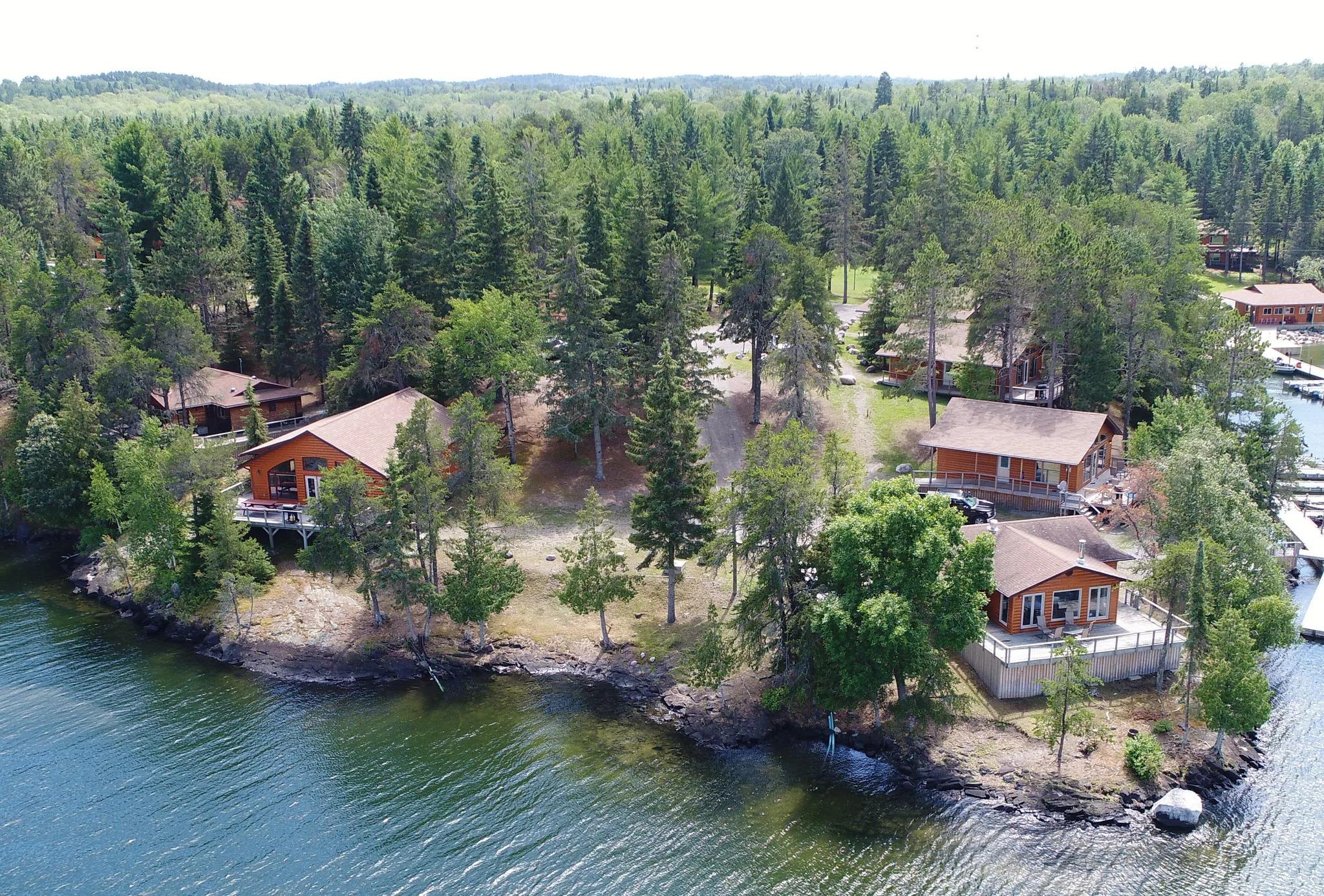Year Round Fun at the Northwest Angle, Lake of the Woods
The Northwest Angle & Islands provides year-round fun for those that love the outdoors. Enjoy the natural splendor of Lake of the Woods and the Northwest Angle Provincial Forest every season of the year. The summer months bring warm weather with an abundance of sunshine. Enjoy the beauty of the Northwest Angle and Islands while fishing, boating, kayaking/canoeing, birding, or hiking around the area. Fall in the Northwest Angle and Islands includes changing leavings, beautiful colors and cooler weather. This area is a hunters paradise in the fall with a variety of hunting opportunities including duck, geese, grouse, and deer hunting. The winter months are filled with ice fishing, snowmobiling and cross country skiing. Enjoy the beauty that winter provides while playing in a winter wonderland. The spring months are a time of transition as the weather warms, the ice on the lake melts, and fish begin spawning.
December/January
Ice fishing and snowmobiling bustle in mid-December. Walleye, sauger and perch are active along edges and tops of rock reefs. An occasional northern or burbot will add variety to your bucket. Marked snowmobile trails give endless adventures to the winter guest.
February/March
Fishing is in the pattern of phases with early and late bite of walleye and sauger. Perch are in schools 5 inches to 2 feet off the bottom. Snowmobiling continues through these two months on miles of groomed trail. Evening fishing of spawning burbot start in the Oak Island Channel. Look for deep water crappies and tullibee action as winter fishing draws to a close. Most fish houses are removed by late March and the last snowmobile ride is taken.
April
This time of year marks the transition period from winter to spring. Yellow perch will spawn in water temperatures of 44 degrees to 54 degrees. Walleye spawning is usually at water temperatures of 45 degrees to 50 degrees along the rocky shorelines of sand, gravel, and rocks. Sauger will spawn in similar areas as walleye at 47 degrees to 52 degrees. Channels are opening, the lake ice is moving and sights of gulls, bald eagles, and ducks are common. As the water warms, muskie spawners are active at 49 degrees to 59 degrees, in heavily weeded bays. Northerns are spawning along shallow, weedy shorelines as well.
May
Late May fishing requires slow presentation on post spawn aggressive male walleye in the cold spring waters. Boats follow the shorelines in search of limits, as fish are still relating to shoreline instead of swimming near the reefs. The greening of the islands, return of song birds, white pelicans, blue heron, and birds of prey add enjoyment of the natural splendor of the Northwest Angle & Islands.
June
Small mouth bass, in its utmost northern range, start to spawn when the water is at 58 degrees to 60 degrees. They are active early mornings and evenings near rocky shorelines; they also like cool currents and the lake bottom’s broken rocks. Large mouth bass are less common and are found in sandy, soft bottoms with a lot of vegetation at the Inlet. Black crappies are spawning at water temperatures of 66 degrees to 68 degrees among the bull rushes in shallow bays that have fallen trees in the water. Crappies go deep in summer. June fishing boats continue to troll or drift near shorelines using live bait rigs, but try crank baits, spoons and spinner baits, as well. The heavily stained water of Lake of the Woods makes night fishing non-existent, but the long day light hours of summer and the premier fishery of Lake of the Woods gives you ample fishing adventures.
July/August
This is the most consistent period of weather. Schools of walleye seek water temperatures of 65 degrees to 70 degrees and move to deep rocky reefs. Saugers are found nearby in deeper, murky waters and prefer temperatures of 62 degrees to 77 degrees. They will find lake bottoms of hard sand and gravel to hang out. Muskie lurk near drop offs of rock and sand bars in shady shores with overhanging trees. Look for large submerged weed beds of water lilies, coon tail and cabbage. They like temperatures to 78 degrees, feeding drops off at 80 degrees and are hindered by turbid water. Hot summer tackle over the reefs are bottom bouncers, spinner rigs and jig fishing. Specially designed lures are used for muskie.
September
Water temperatures may prolong the summer patterns, but rains, cool nights, and strong fall winds can quickly cause the drop of water temperatures. Walleye and sauger return to shorelines, crappies are schooling in depths of 30 feet, small mouth bass will continue to be active until temperatures are in the 50 degree range. Muskie love the cool water to 33 degrees. Your spring time hang-outs should produce action. Enjoy the fall colors, ducks in flight, the gathering of bald eagles, and wildlife seeking fall feeding.
October
Deep drop offs around the islands and channels hold bait fish schools. Walleye, sauger, crappies, perch, and northern will be found in these locations. Jigs and minnows are most productive. Duck, grouse and deer hunting in Ontario and Minnesota in combination with fishing will give you a well-rounded vacation.
November
Deer hunting in Minnesota is in full force and an excellent option for those looking for that trophy buck. The area awaits snowfalls and thick ice for winter activities.
